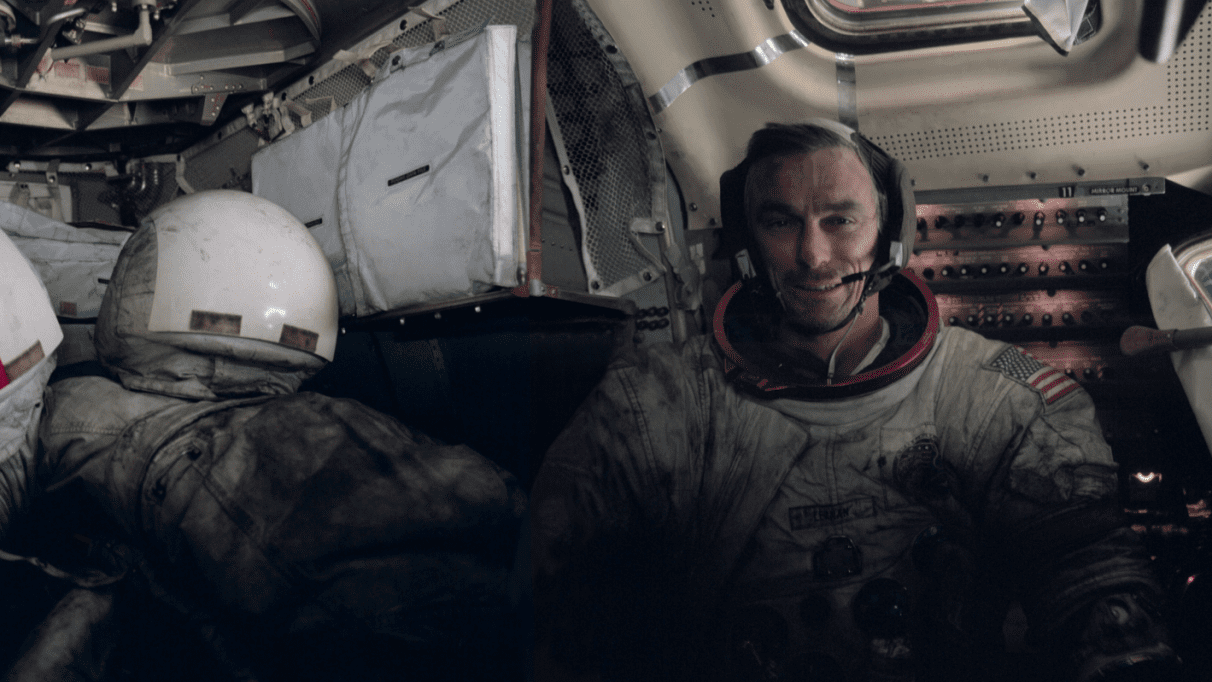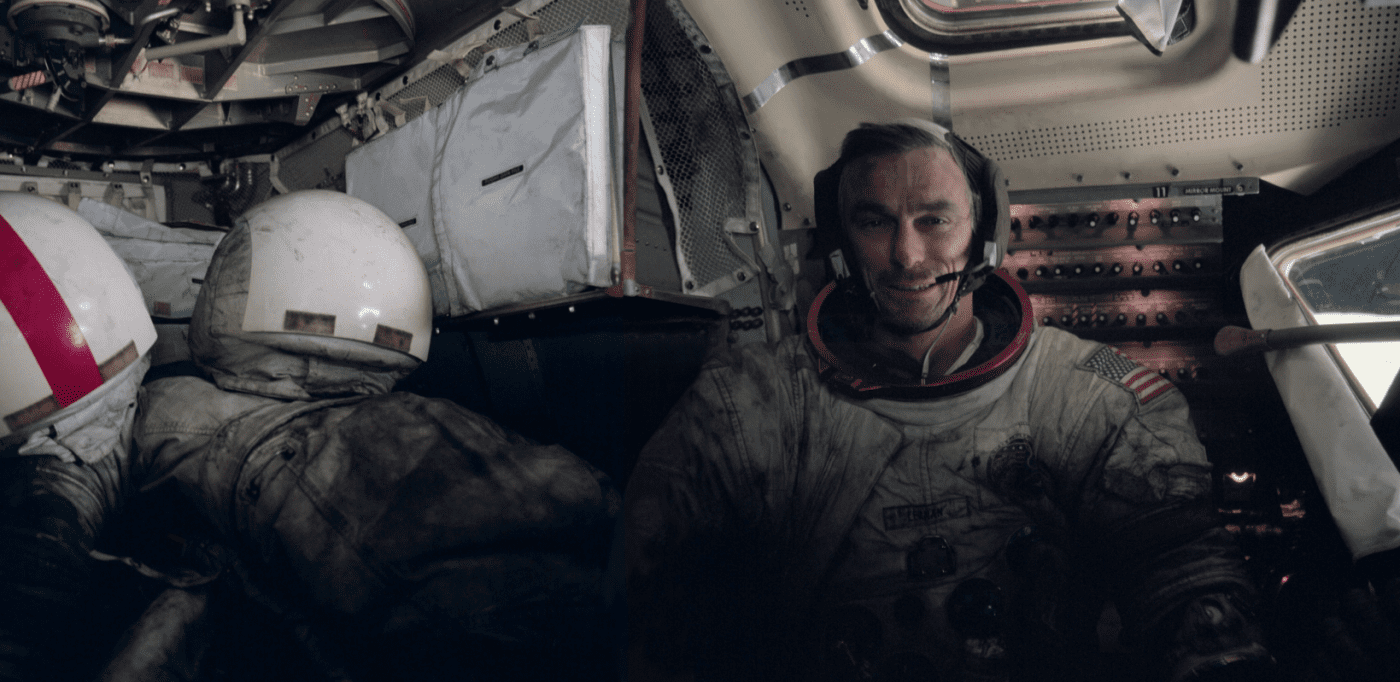On Wednesday, February 24th, scientists detected the origin point of a space radio signal 6 billion light-years away and managed to find the universe’s missing matter as a result. This incredible discovery is a strong reminder of how far we’ve come since 1969, the moment when Apollo 11 astronaut Neil Armstrong declared the first successful mission to the Moon as One small step for man, one giant leap for mankind. Since Armstrong, twelve men in total have walked on the moon during the Apollo missions from 1969-1972. Of these 12, Eugene “Gene” Cernan was the last, and the documentary The Last Man on the Moon is his story.
Cernan’s story is a unique one; a former Navy captain, his journey towards becoming a NASA astronaut started with a simple phone call. In 1961, President John F. Kennedy set the bar high for U.S. space exploration, putting pressure on the space program to be the first country to land on the moon. This public assignment given to NASA resulted in an increased demand for anyone willing to participate in the program, which lead to more opportunities for people like Gene to join. Getting his foot in the door was the easy part, he realizes in hindsight. The intense training that each of the aspiring young men endured, including desert survival, water survival, and jungle survival just to name a few, was the hard part. The best thing to come from that experience, Gene remarks, was the strong bonds he made with the other men.
His close friendships with his co-workers also made the tough times almost unbearable. Two deadly events, the unexpected crash of Gemini 9 which claimed the lives of the two pilots in his crew as well as the emotional Apollo 1 fire of 1967, when his neighbor and good friend Roger Chaffee and two other men died as a result of a flash cabin fire in the shuttle, shook up Cernan’s world. At the time, he was married with a young daughter and the thought of never seeing his family again was extremely hard on him. However, when he was selected to be a part of the Apollo 17 crew, NASA’s last mission to the moon, Cernan couldn’t say no.
Cernan spent three days on the moon. Right before he was about to leave, and knowing that man may not be back on the moon again for years, he left his footprints and wrote his daughter’s initials in the lunar dust. He describes this moment with such intimacy and detail that it’s truly humbling to listen to him.
It does not feel like a traditional “documentary-style” film, thanks to the stylized approach from director Mark Craig as he strikes the perfect balance between the portrayal of Gene’s personal and work life. He cuts between Gene in the present day with archival footage of his time at NASA, which, photographically, feels like a subtle effort to relive his experience. The B-roll of various space missions really does make The Martian look like a comedy. The Last Man on the Moon is a top notch documentary that feels like a perfect fit on the HBO or Showtime roster. It is humbling, poignant, hard-hitting, and emotionally charged, on top of being aesthetically rich and visually beautiful. Without giving too much away, I can say that the last shot will take your breath away as it did mine.
The Last Man on the Moon is not all happy endings. This is a deeply personal film for Cernan which is why it took until now, 40 years since his return to earth, to share his story. Now living on a ranch in Texas, Gene still works to this day, as his friends and family admit that “retirement” is not in his vocabulary. This film and its message is so important and will leave the viewer feeling inspired from both Gene’s words and actions. Lightheartedly joking that he can’t live forever, he wants to share his knowledge and experience now because he feels an obligation to inform the younger generations about man’s potential and inspire hope for the future. “I walked on the moon,” he says at the end of the film, “what can’t you do?”
Morgan Rojas
Certified fresh. For disclosure purposes, Morgan currently runs PR at PRETTYBIRD and Ventureland.


